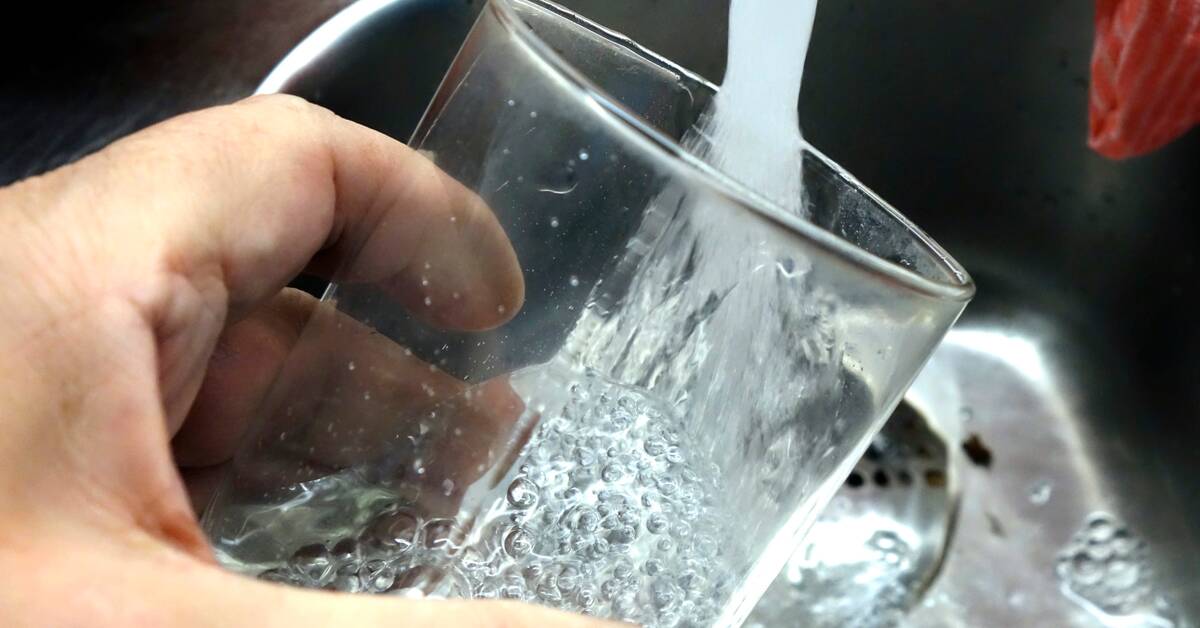Chemicals with the collective name PFAS are found in many of our everyday goods, such as in frying pans, certain food packaging, all-weather clothing and make-up, for example.
They are often called perpetual chemicals because they are not completely degraded in nature.
PFAS is now found in water, soil, air and in the food we eat, and is stored in the body of both animals and humans.
More and more research indicates that even low levels of PFAS are harmful to health - and for the first time, researchers are now showing that the substances seem to increase the risk of high blood pressure, one of the major public diseases in Sweden.
- It is a well-done and interesting study, which shows that there are risks with PFAS that we did not know about before, says Mattias Öberg, researcher in toxicology at the Department of Environmental Medicine at Karolinska Institutet.
Higher levels - higher risk
The study covers more than 1,000 American women aged 45-56, who were followed for a period of almost 20 years.
All had normal blood pressure at the start of the study and the levels of the most common types of PFAS were measured in the blood.
The women then had to go for annual blood pressure checks.
It was found that women with high concentrations of PFAS in the blood had a higher risk of developing high blood pressure than those with low levels.
And the higher the levels - the greater the effect on blood pressure, according to the results published in the journal Hypertension.
- It strengthens that it is about a real connection, says Mattias Öberg.
However, it is unclear whether the connection also applies to men and younger women.
The researchers also have no explanation for the way in which PFAS can cause high blood pressure.
Similar research from the Institute of Environmental Medicine has shown a link between PFAS and high levels of blood fats, but not in terms of increased risk of cardiovascular disease.
- How PFAS affects the cardiovascular system is something we need to know more about, says Mattias Öberg.
The levels of PFAS in American women were higher than what most Swedes have today, states Mattias Öberg.
- At the same time, the levels are higher in some places in Sweden where there is extra PFAS in the drinking water, for example in Ronneby.
Importantly reduce exposure
The National Food Administration recently proposed that the limit value for four PFAS substances in drinking water be lowered.
This is after the EU has sharpened its assessment of how much PFAS is considered safe to ingest.
Mattias Öberg thinks that the new study gives even more meat on the bones about the importance of reducing people's exposure to PFAS.
- We have succeeded in lowering the levels in the population, but it is slow and therefore it is positive that new limit values for drinking water have now been proposed.

